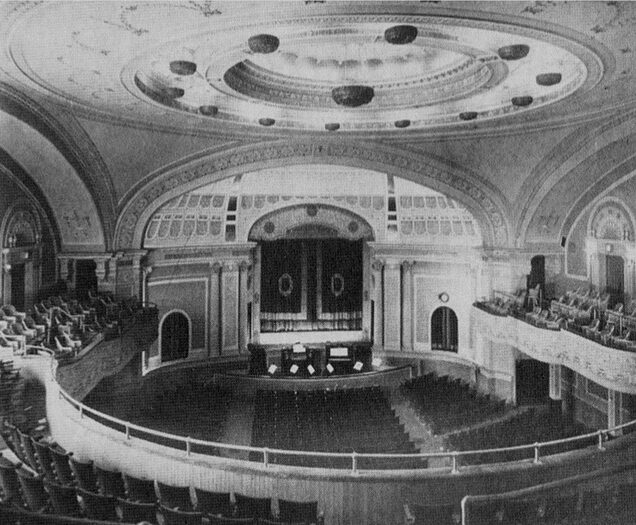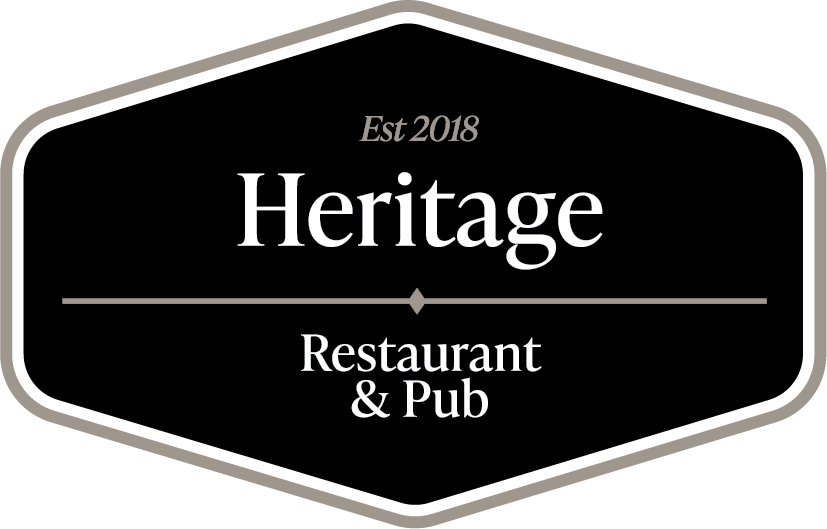The name SHAMOKIN is a word in the language of the Delaware Indians which signifies “Eel Creek”. Five nations of Indians occupied the Shamokin Indian Village at the confluence of the two branches of the Susquehanna River in what would later become Sunbury.
The town of Shamokin was laid out on March 1, 1835. The town was formed in the true tradition of a Melting Pot. Immigrants who were English, Welsh, Irish, Italian, Polish, Lithuanian, and German came here.
The city grew beyond mining to include bakeries, ice cream and dairy factories, F&S Brewery, Eagle Silk Mill, dress and hosiery factories, as well as movie theaters, an Opera House, corner store, churches, restaurants and bars to support the city. This community continues to be one that can be proud of its friendly citizens and willingness for neighbors to help each other through difficult times.
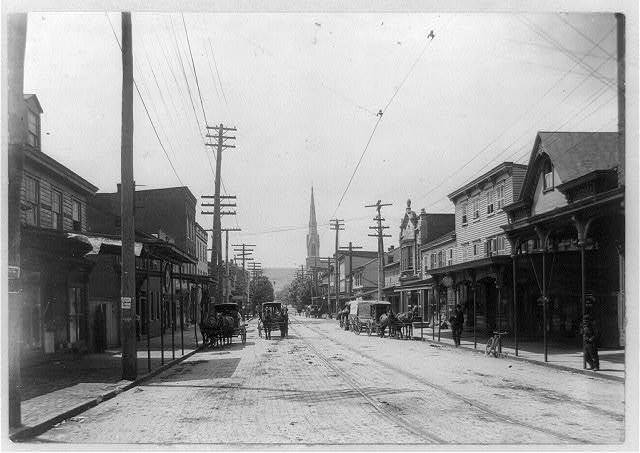
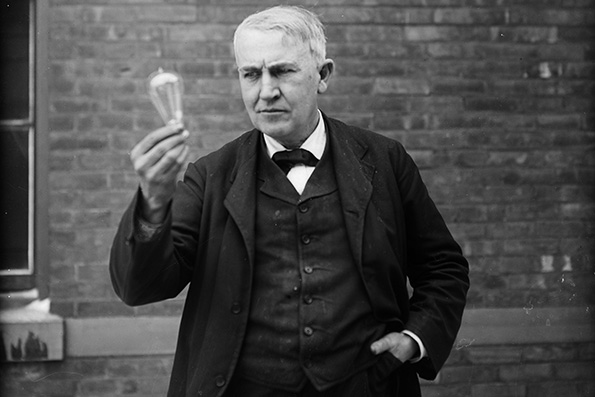
Thomas A Edison presence in Shamokin
The most famous name associated with Shamokin is Thomas Alva Edison. Shamokin capitalists were among the first to recognize the significance of Edison’s carbon filament lamp. They supplied all the money necessary to erect a power station in Shamokin and placed it under Edison’s immediate supervision. Edison was only 35 years old when he arrived in Shamokin in the early fall of 1882. In November of that year, the Edison Electrical Illuminating Company of Shamokin was incorporated. Shamokin was the site of the second three-wire electric light station in the world in 1883 (Sunbury, Pennsylvania, was the first). Edison’s plant, for those of you visiting Shamokin, is now the site of Jones Hardware on Independence Street. St. Edward’s Church (built in 1873) became the first church in America to be lit by electricity.
Heritage Artifacts
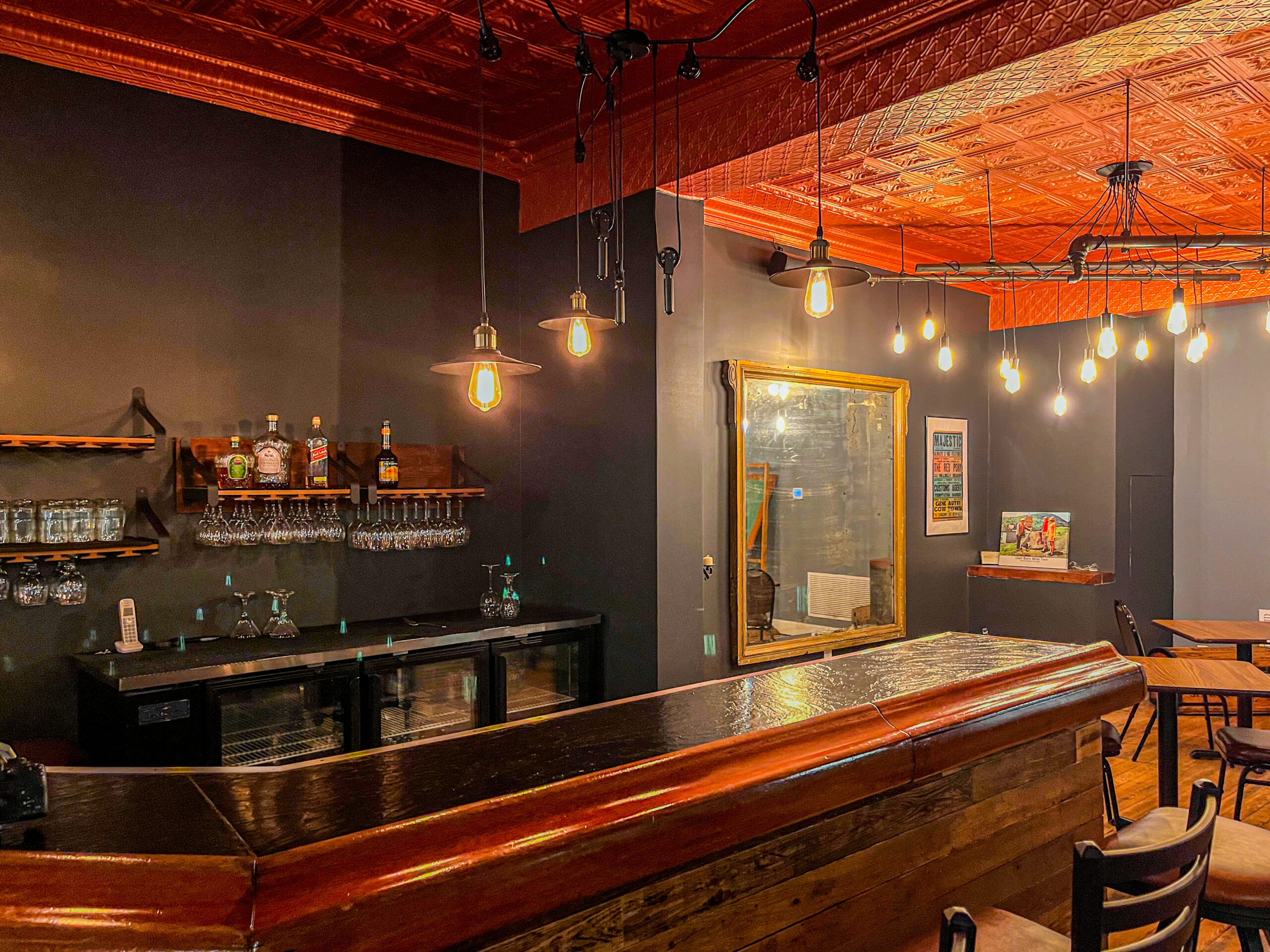
Ye Old Coal Hole
Ye Ole Coal Hole was in operation from the 1980s through the early 2000’s, with 2 owners during the time. It has fallen into disrepair, but we were able to obtain the upstairs bar top and it now sits on a new base on our second floor. Ye Old Coal Hole opened in 1983 and was known for their City Chicken and their French Fries.
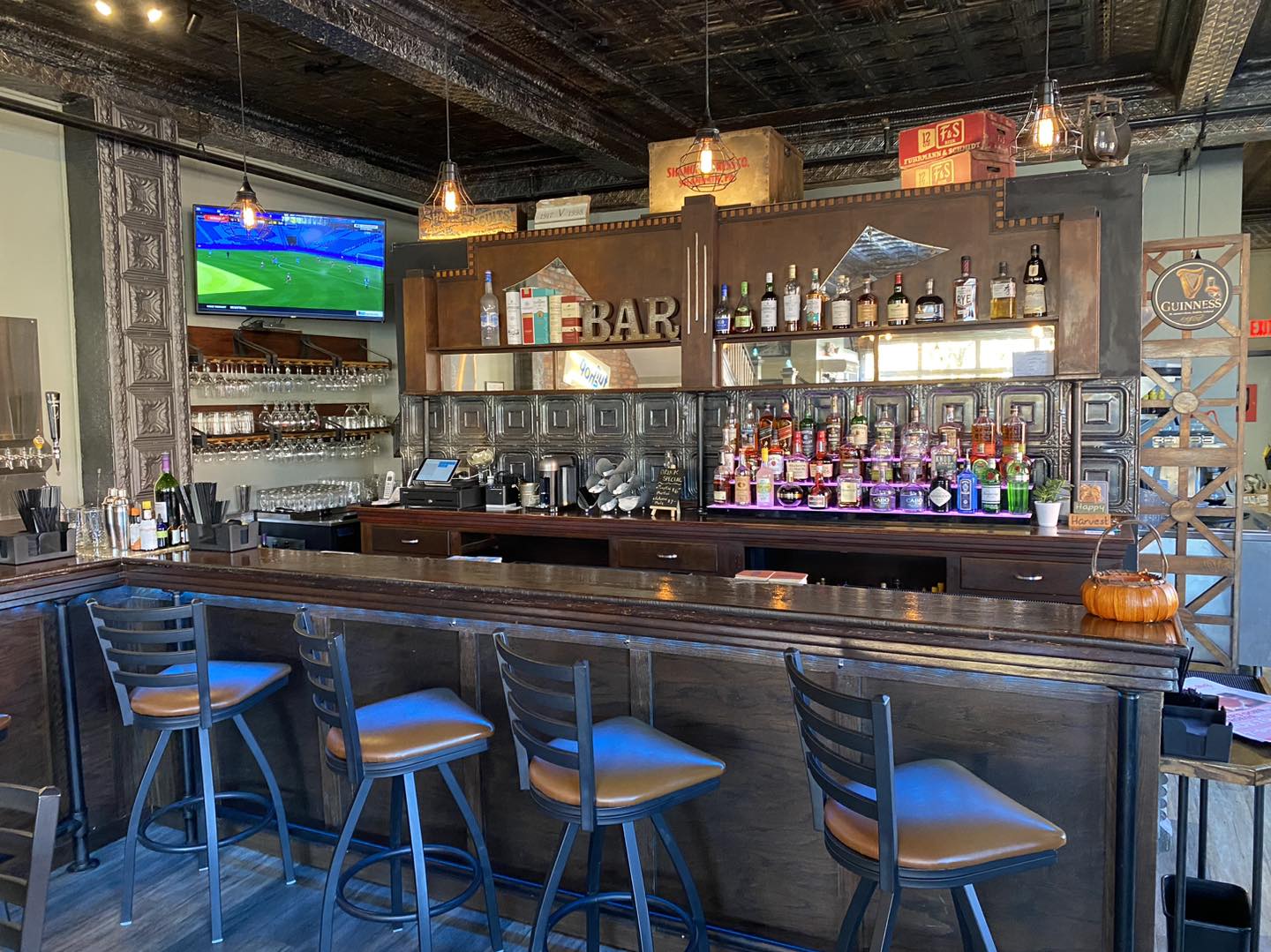
Switzer’s Bar
The bar on the first floor was originally from Switzer’s Bar, located in Tharptown. When the meat packing plant was in operation, many would spend time at this location. The original bar was 20 feet long. We L-shaped it and removed one section of the back bar to bring it to life here at Heritage.
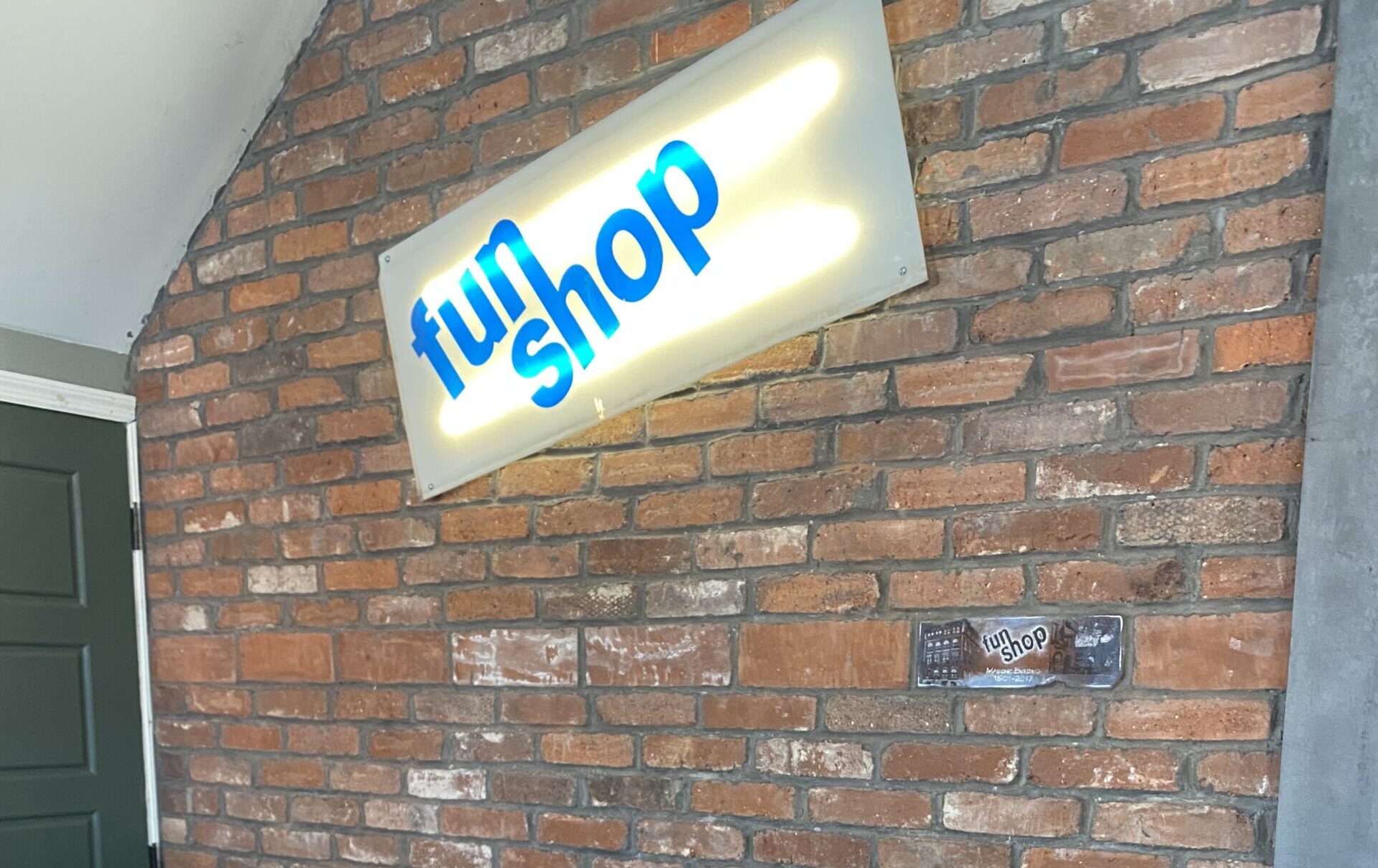
Fun Shop
The ‘Fun Shop’ building was a local icon known for the location of the Fun Shop greeting card store . But inside was a hidden gem, the Masonic Lodge on the third floor. The building was built in 1909, initially as a 3 story building.
When the Masons purchased the building, they added a fourth floor and created a beautiful Lodge for their meeting space. On December 15, 2017 a fire gutted the building, The entire 4 story building was destroyed. The current occupants included the Masonic Lodge, an accountant and ‘A Piece of Cake’ bakery.
We were able to salvage a section of the balcony , many bricks from the building and the actual sign from the Fun Shop.
Victoria Theater Lights and Façade Stone
The ‘Vickie’ was one of several local theatre s and the last one to be torn down. The building was demolished in 1999. Built as the flagship of the Chamberlain Amusement Company chain in 1918, the 1700-seat Victoria was an early design by prolific Pennsylvanian theater architect William H. Lee. The Beaux Arts style theater resembled more a European opera house of the late 19th century than a movie house.
The Victoria Theater originally hosted vaudeville acts and stage shows in addition to movies before turning to movies exclusively later. The interior included a huge domed ceiling with a chandelier in the center, with smaller chandeliers encircling the dome. Three of those smaller chandeliers now grace our downstairs windows.
The exterior of the theater was a unique shape, extending back the entire length of the block. Adorning one wall in our downstairs is a blueprint from this theater. In 1985, the Victoria was named to the National Register of Historic Places. After a very long career, the theater finally closed in the early 90s, and rapidly fell into disrepair. Sadly, this small-town movie palace, along with much of the historic block it stood on, was acquired by Rite Aid in 1998 and cleared to make way for a new drugstore and its parking lot.
